Challenges
- No adequate working conditions for (informal) workers in the waste sector
- Lack of waste management services and infrastructure in low-income countries
- Need for funding of waste collection and treatment services
Our Solution
The project team "ValuCred" aimed to establish Plastic Credits/Circular Credits as a robust mechanism for performance-based payments of environmental services, benefitting the global circular economy. It developed and tested approaches to integrate transparent and inclusive mechanisms throughout the entire plastic waste value chain in India, Mexico, Vietnam and Brazil.
Download Project FactsheetResources
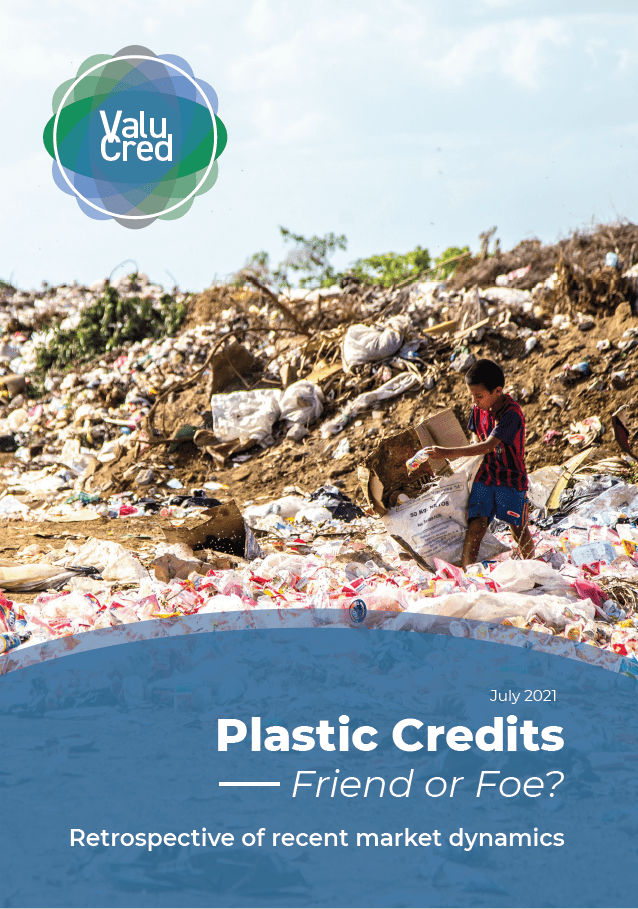
ValueCred Report: Retrospective of recent market dynamics Plastic Credits – Friend or Foe?
ValuCred analysed the plastic recycling sector and specifically the Plastic Credit market in terms of its ability to create the much needed market transition, anchoring social justice and sustainability firmly within its accounting mechanisms. This analytical report focuses on the seven most relevant voluntary market standards in the newly evolving Plastic Credit market space.
Download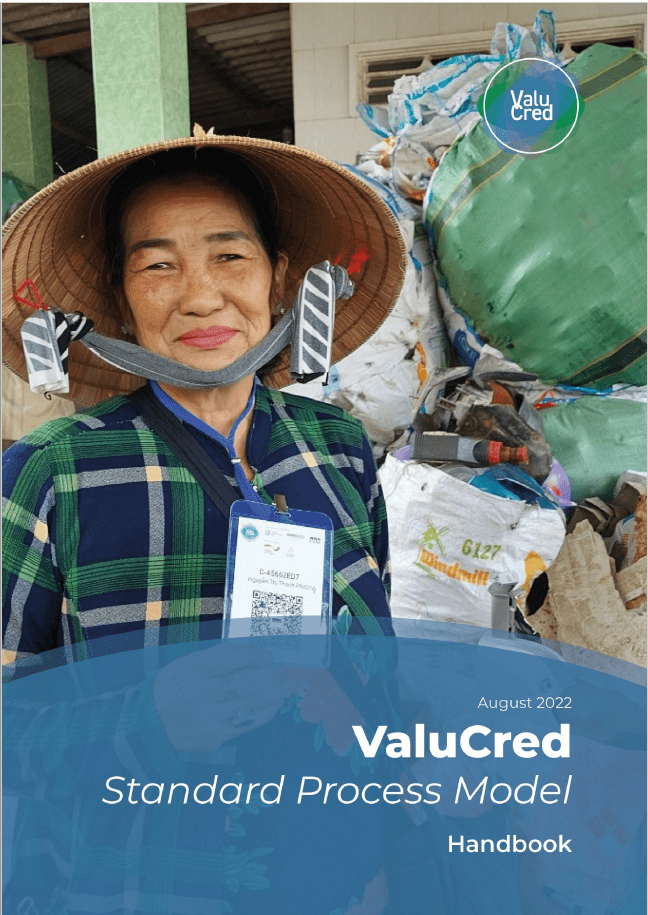
ValuCred Standard Process Model Handbook
The ValuCred Handbook introduces the key concepts of the Standard Process Model (SPM). It explains guiding principles for the integration of minimum requirements for the plastic credit market to foster greater transparency and accountability of all stakeholders involved.
Download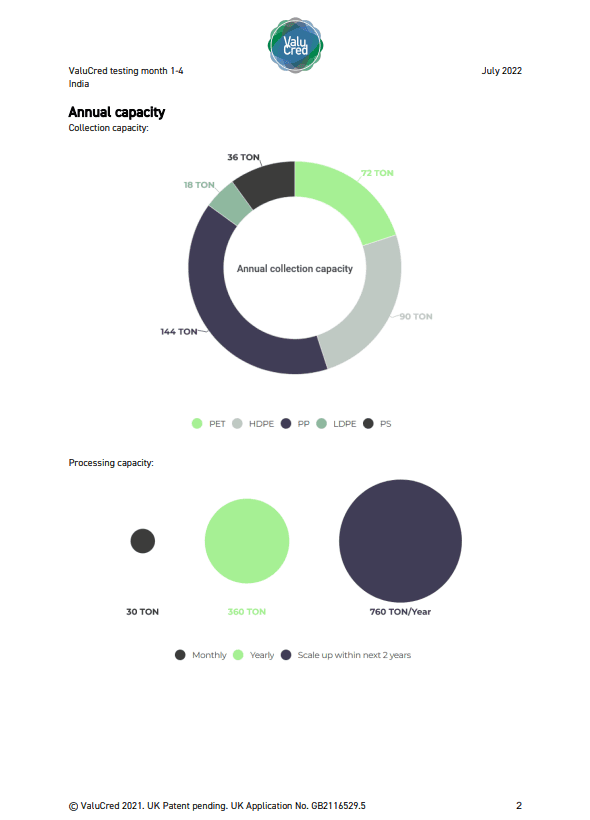
Exemplary ESG-Report of a Service Provider
Applying the ValuCred Standard Process Model (SPM) and its digital interface leads to ESG-relevant data collection. The ValuCred reporting structure is shown in an Exemplary ESG-Report of a Service Provider.
Download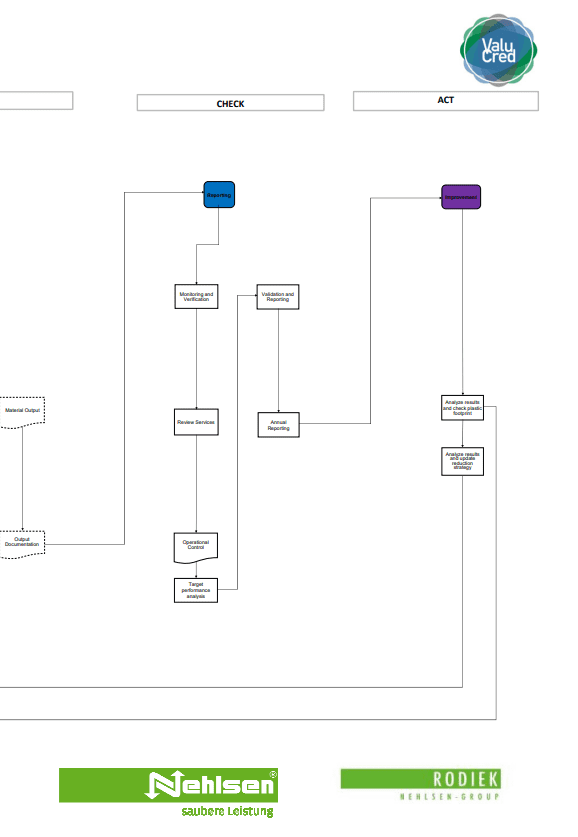
Standard Process Model Flow Chart for Brands and Service Providers
The ValuCred Standard Process Model is visualized in flow charts to show the logical and temporal sequence of the process steps. Flow charts focusing only on brands and service providers can be found below under "Related Links".
Download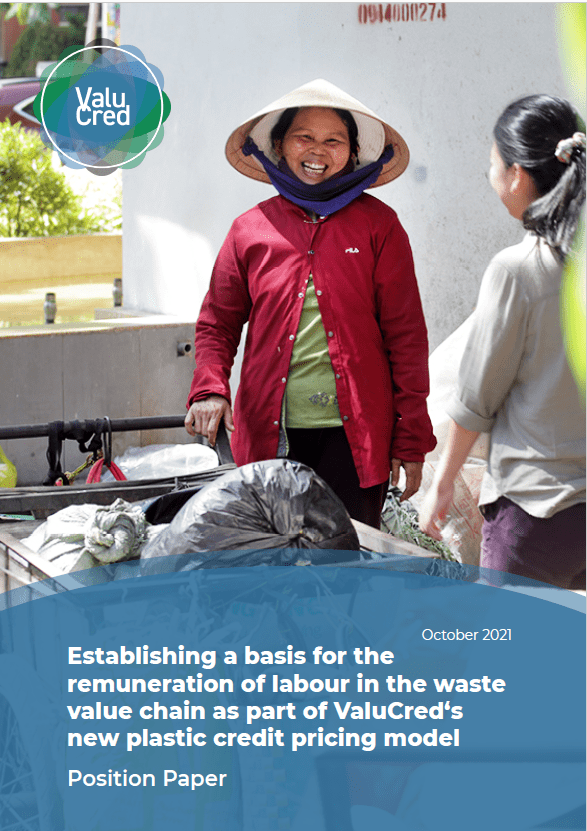
Establishing a basis for the remuneration of labour in the waste value chain as part of ValuCred‘s new plastic credit pricing model
ValuCred has scrutinized a variety of existing measures and concepts to devise adequate remuneration which assures sustainable income levels for waste workers in the Global South. This position paper outlines four identified measures of orientation, as well as ValuCred’s respective position.
Download
Final Assessment Report on the Pilot Regions Goa, Maharashtra, Kerala
The pilot project aimed to improve the current waste collection and treatment structures in the pilot regions Goa, Maharashtra, and Kerala in India. It focused on low value plastics (LVP), and especially multi-layer plastics (MLP) that have no market value.
Download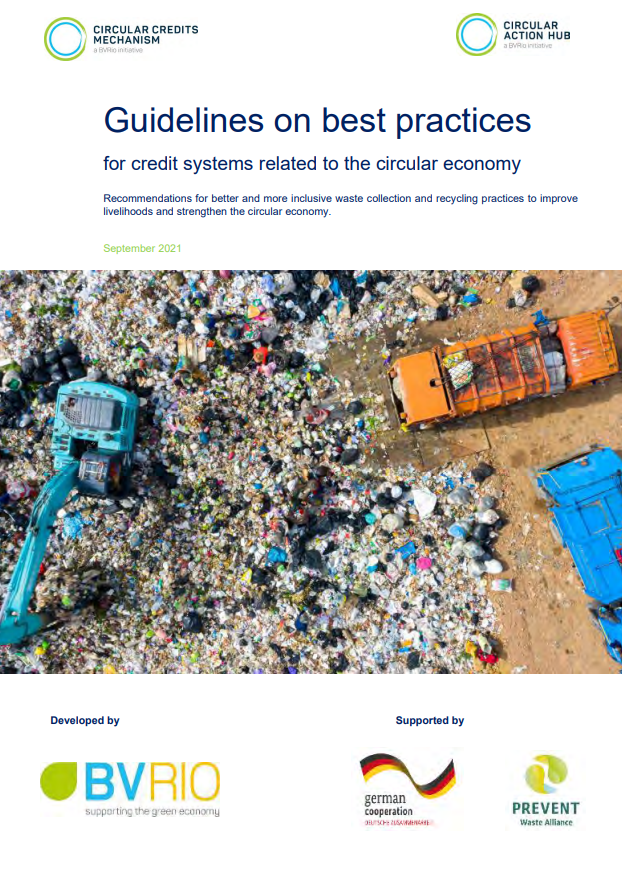
BVRio Circular Credits Mechanism: Guidelines on best practices for credit systems related to the circular economy
This guidance document describes the principles, criteria and codes of conduct adopted by the BVRio Circular Action Hub and its Circular Credits Mechanism. It aims at extending the use of its codes of conduct to a wider range of users that share the same objectives of improving their practices related to circular economy activities and circular credit projects worldwide. The translations of the guidelines and all resources by BVRio on Circular Credit Mechanisms can be found on the BVRio website.
Download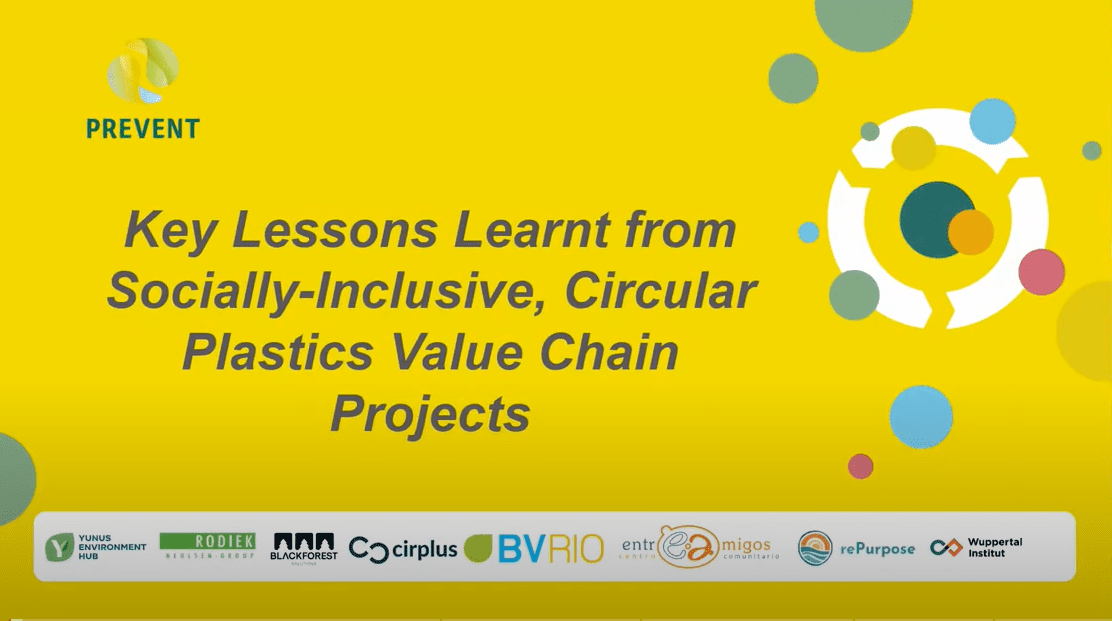
Key Lessons Learnt from Socially Inclusive, Circular Plastics Value Chain Projects
The project was presented at PREVENT's Circular Solutions Festival in September 2022. Watch the recording of the session to learn more about the key lessons learnt.
Watch on YouTube